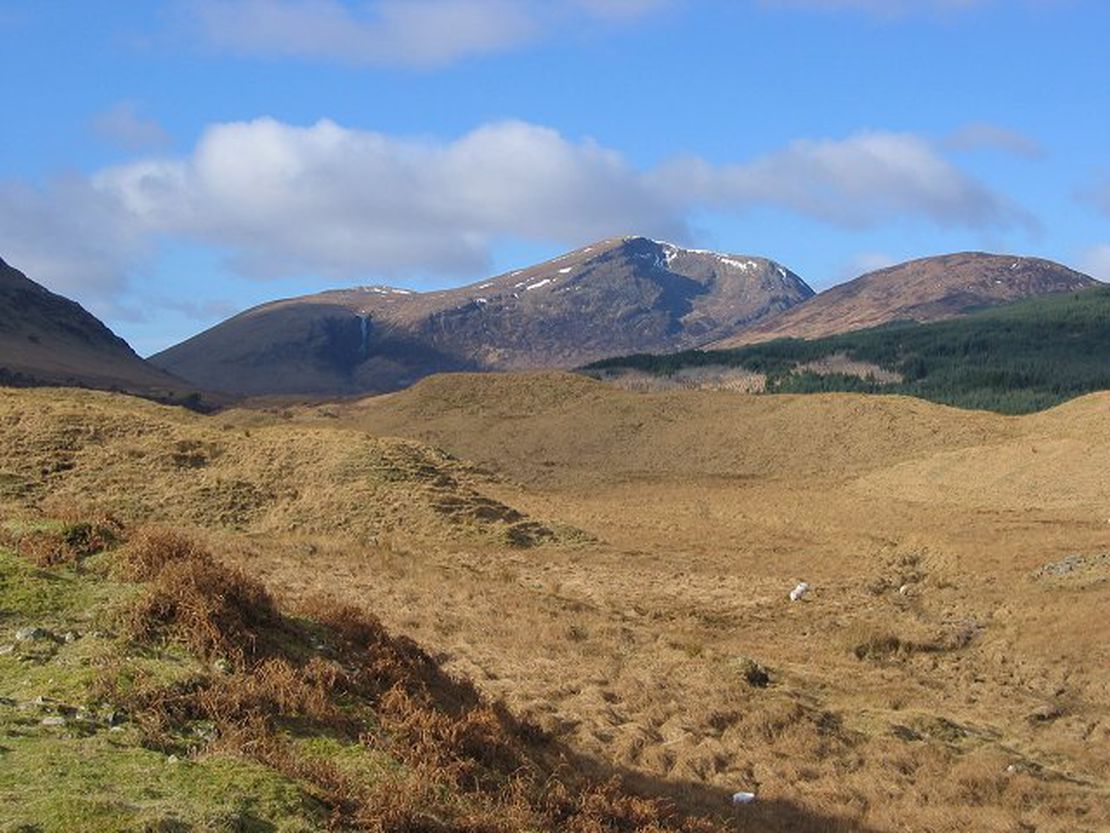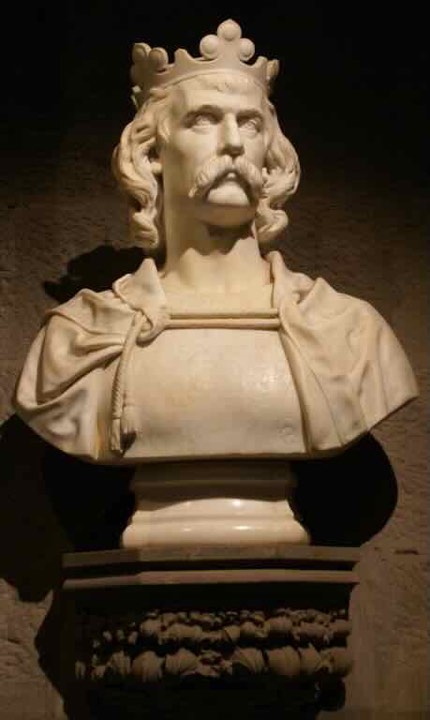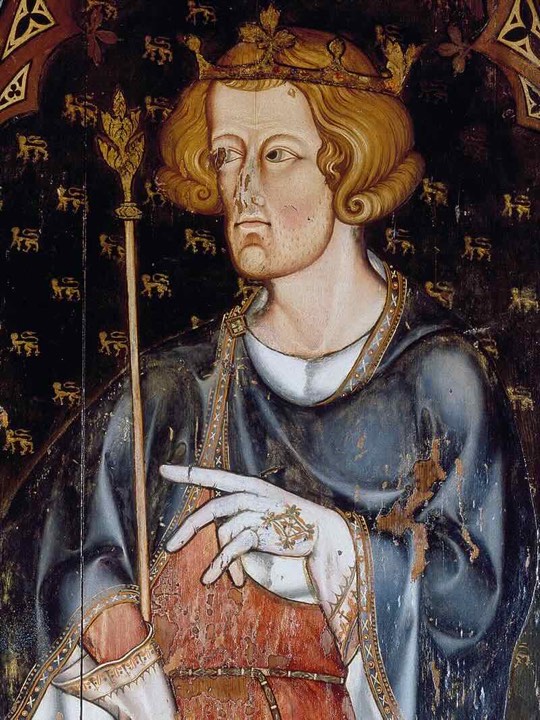- August 11, 1306
The Battle of Dalrigh, also known as the Battle of Dail Righ or the Battle of Dalry, took place in 1306 near Tyndrum in Scotland. It was a significant event in the early stages of Robert the Bruce’s campaign to secure the Scottish throne.
Background
-
Robert the Bruce: Robert the Bruce (Robert I) had been crowned King of Scots in March 1306, after killing his rival John Comyn, Lord of Badenoch, in a church. This act led to a civil war between the supporters of Bruce and those loyal to the Comyn family and their allies, who had strong ties to the English crown.
-
John MacDougall of Lorne: John MacDougall of Lorne, also known as “John of Lorne” or “Iain Dubh,” was a key ally of the Comyns. His family, the MacDougalls, were powerful in the western Highlands and had longstanding enmities with the Bruce family. As a kinsman of John Comyn, MacDougall sought to avenge Comyn’s death and oppose Bruce’s claim to the throne.
The Battle
-
Location: The battle took place near Dalrigh (“King’s Field”) in the vicinity of Tyndrum, a strategic location in the western Highlands. After his defeat at the Battle of Methven in June 1306, Robert the Bruce was retreating westward with a small force, seeking refuge and trying to regroup.
-
Ambush by MacDougall: John MacDougall of Lorne ambushed Robert the Bruce’s forces at Dalrigh. The MacDougalls and their allies, who were familiar with the terrain, launched a surprise attack on Bruce’s weary and outnumbered troops. The Bruce’s forces were caught off guard and suffered a significant defeat.
-
Outcome: Although Robert the Bruce managed to escape the battle, his forces were routed, and he lost many of his men. The battle was a major setback for Bruce, forcing him into a desperate retreat. Following this defeat, Bruce went into hiding, spending the winter of 1306-1307 in the Hebrides and Ireland, where he sought support for his cause.
Aftermath and Significance
-
Robert the Bruce’s Recovery: Despite the defeat at Dalrigh, Robert the Bruce eventually recovered and rebuilt his strength. By 1307, he had regained momentum, winning several key battles, including the Battle of Loudoun Hill. Over the following years, he successfully consolidated his power, ultimately leading to his victory at the Battle of Bannockburn in 1314, which secured his position as King of Scots.
-
MacDougall’s Fate: The MacDougall clan continued to resist Bruce’s rule for several more years. However, after Bruce’s victory at Bannockburn, the power of the MacDougalls was significantly diminished, and they were forced to submit to his authority.
The Battle of Dalrigh is a reminder of the precarious position Robert the Bruce found himself in during the early years of his reign. Despite the defeat, Bruce’s resilience and determination eventually led to the unification of Scotland under his rule, making him one of Scotland’s most revered kings.

 ← Robert the Bruce crowned at Scone
← Robert the Bruce crowned at Scone
 Death of King Edward I of England →
Death of King Edward I of England →